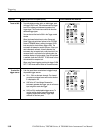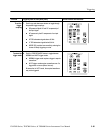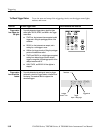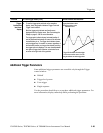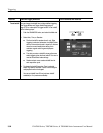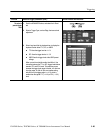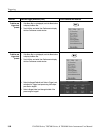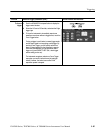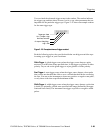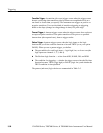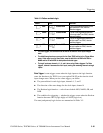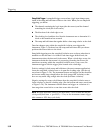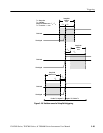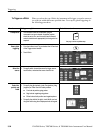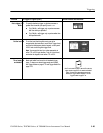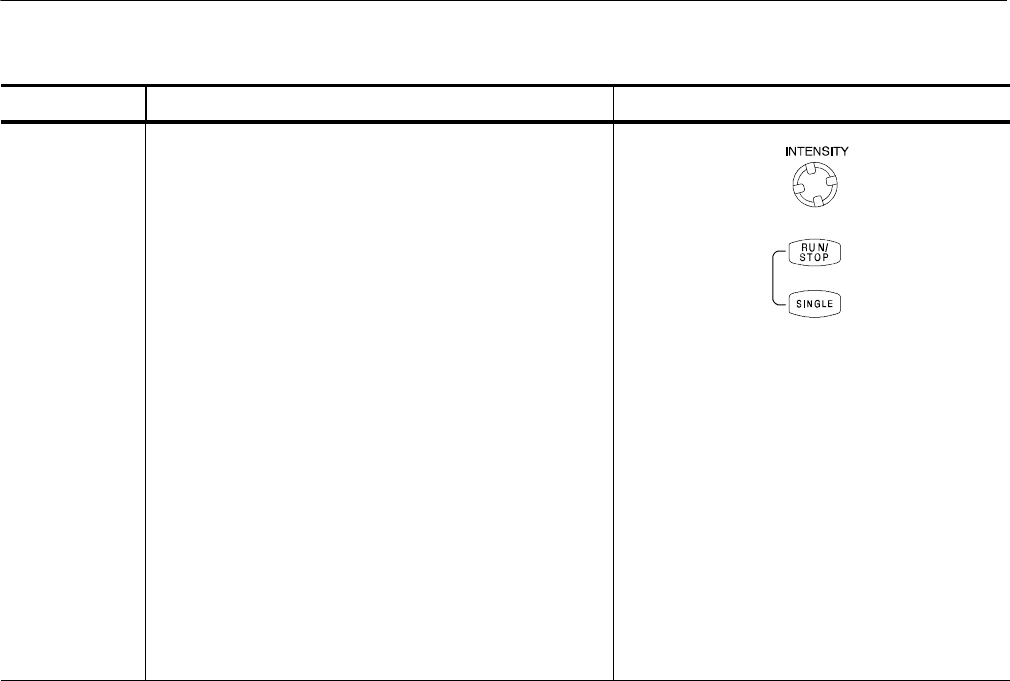
Triggering
3-88
CSA7000 Series, TDS7000 Series, & TDS6000 Series Instruments User Manual
Overview Control elements and resourcesAdditional trigger parameters (Cont.)
To si ngle trigger 1. To trigger on the next valid trigger event and then stop,
push the SINGLE front-panel button. Push the SINGLE
button each time you want to initiate the single
sequence of acquisitions.
2. To leave Single Trigger mode, push the front-panel
RUN/STOP button.
The exact function of the SINGLE button depends on
the acquisition mode. In Sample, Peak Detect, or Hi Res
acquisition modes, acquisition stops after a single
waveform is acquired. In Average or Envelope
acquisition modes, acquisition stops after N waveforms
are acquired, where N is the number of averages or
envelopes specified. In equivalent time, it takes several
triggers to partially fill a record. In Waveform Database
mode, acquisiti on stops after N samples are acquired,
where N is the number of samples specified. It may take
a number of sequences of acquisitions to fill a waveform
to the desired number of samples.
Single sequence t ri ggeri ng is not available in Fast
Acquisition mode.
Advanced Triggering
The instrument can trigger on glitch or runt pulses, or it can trigger based on the
width, slew rate, or timeout period of a pulse. These capabilities make the
instrument suitable for such tasks as unattended monitoring for, and capturing of,
a power supply glitch or GO/NO GO slew rate testing of operational amplifiers.
This subsection describes how to use advanced triggers: glitch, runt, width,
transition (slew rate), and timeout triggering.
The instrument can also trigger on a logic or binary pattern and on the state of a
logic pattern at the time it is clocked. The instrument can trigger on data that
violates setup and hold times relative to a clock. This subsection also describes
how to use the advanced triggers: pattern, state, and setup/hold.



